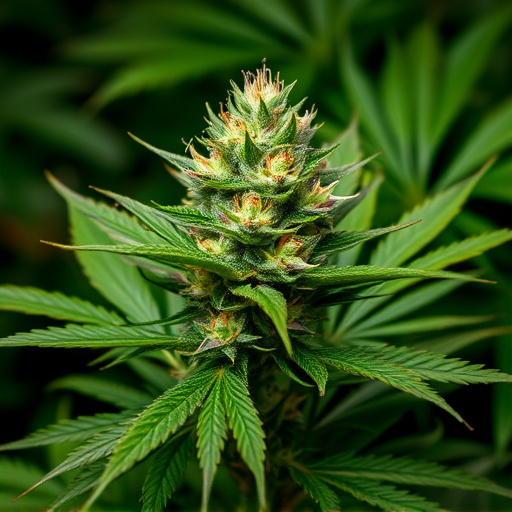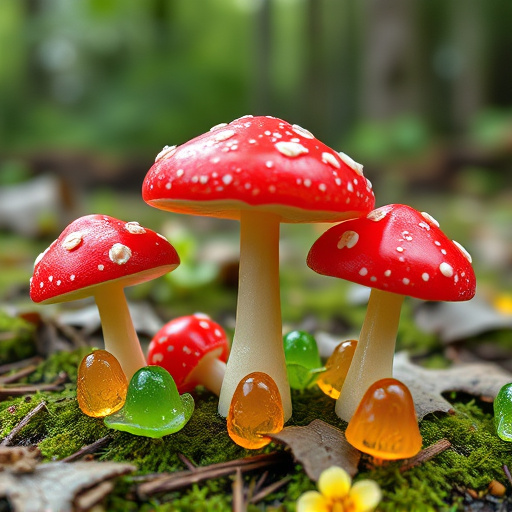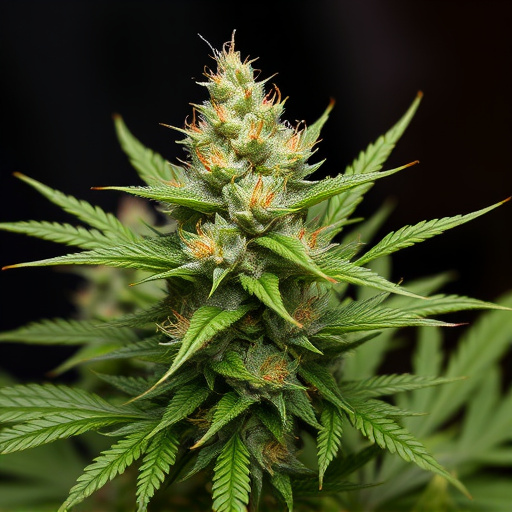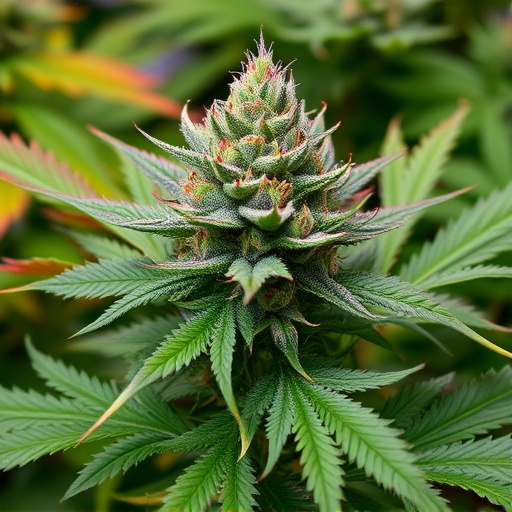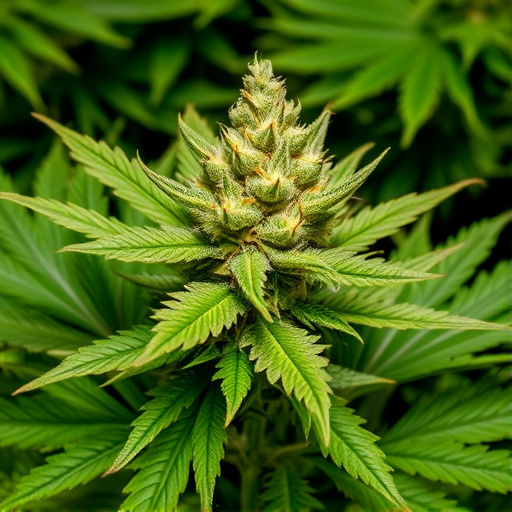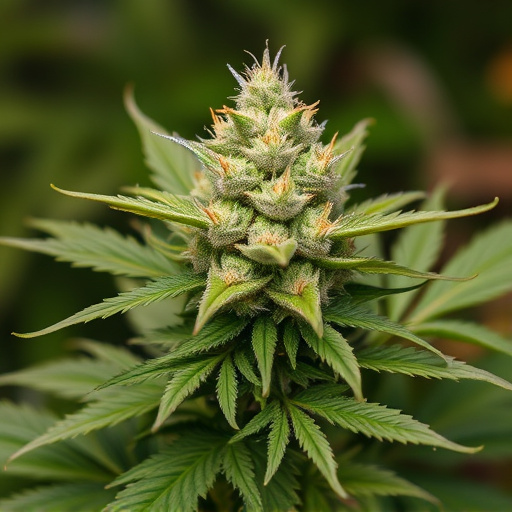Cannabis enthusiasts judge quality through visual and olfactory cues. Classic cannabis strains like Blue Dream, OG Kush, and Northern Lights are recognized for their vibrant green leaves, sticky texture, and distinctive aromas ranging from earthy to fruity, reflecting high resin content and natural terpenes. Dull colors, yellowing leaves, and unpleasant musty or skunky odors indicate lower quality weed. Understanding these visual and olfactory markers helps consumers choose classic cannabis strains for desired effects and an enhanced experience.
Identifying quality weed can be a complex task. From vibrant, contrasting colors and distinctive aromas to its impact on your mind and body, understanding the nuances sets apart good from bad cannabis.
This guide explores the key signs of superior cannabis, delving into visual and olfactive characteristics, the smoking experience, and cultivation practices. Learn how to discern classic cannabis strains known for their distinct profiles, ensuring a rewarding and enjoyable experience every time.
Visual and Olfactive Characteristics
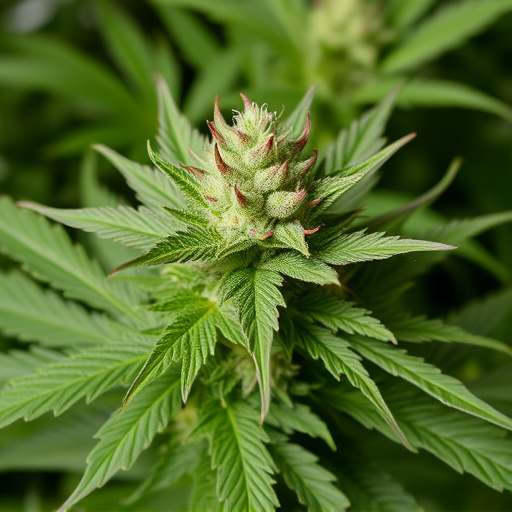
Cannabis enthusiasts often talk about the importance of visual and olfactory characteristics when identifying good weed from bad. In terms of appearance, top-quality cannabis is typically dense with rich, vibrant green leaves that are sticky to the touch due to a thick coating of resins. This indicates robust trichome development, which enhances both flavor and potency. Classic cannabis strains like Blue Dream, OG Kush, and Northern Lights are renowned for these classic signs of excellence.
A pleasant, distinct aroma is another key indicator. Good weed often exudes a robust yet pleasant scent that can range from earthy and woody to sweet and fruity, depending on the strain. Terpenes, the compounds responsible for cannabis’ unique aromas, contribute to this characteristic. Unpleasant musty or skunky odors are red flags, suggesting inferior quality or potential contamination.
– Color and texture variations
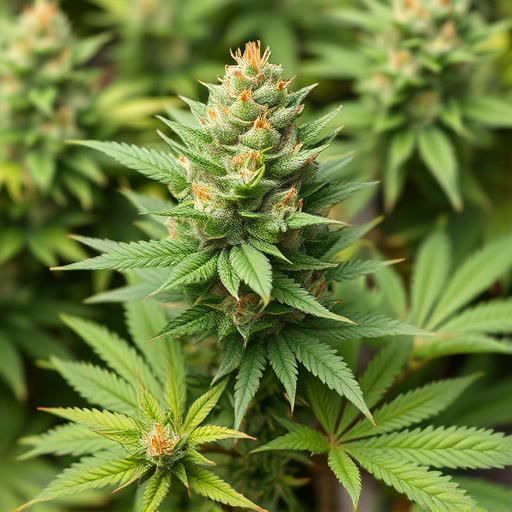
Cannabis plants, like any other, exhibit distinct characteristics that can help identify their quality and potential effects. One of the most noticeable aspects is color and texture. A healthy cannabis plant boasts a vibrant array of colors, from deep greens to hints of orange or purple, depending on the strain. These classic cannabis strains often have a smooth, sticky texture when their flowers (or buds) are touched, reflecting their rich resin content—a sign of excellent weed.
In contrast, poor-quality cannabis may present a duller palette and a less substantial texture. Yellowing leaves or patches could indicate stress, while a powdery or harsh feel to the buds suggests lower resin production, which can affect both flavor and potency. Recognizing these color and texture variations is crucial for discerning good weed from bad, ensuring a more satisfying and potent experience for users seeking specific effects from their chosen classic cannabis strains.
– Aroma and scent profiles
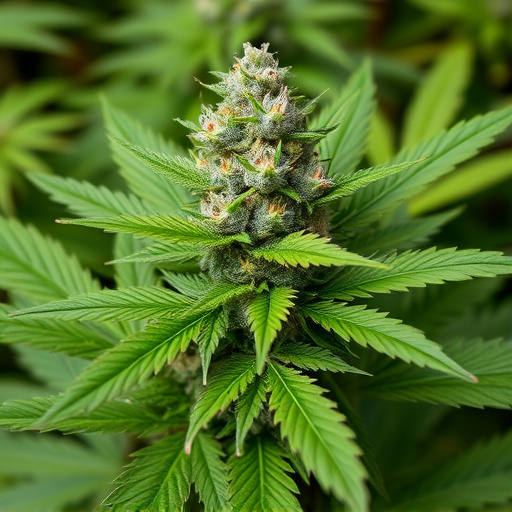
The aroma and scent profiles of cannabis flowers are a window into their quality and potential effects. High-quality weed, often associated with classic cannabis strains, should have a rich, earthy, and sometimes sweet fragrance. This is a result of the plant’s natural terpenes—volatile organic compounds that contribute to both the smell and taste of cannabis. A potent and pleasant aroma indicates healthy growth conditions and proper cultivation techniques.
In contrast, “bad weed” often has a dull or moldy scent. Overgrown or poorly maintained plants may emit unpleasant musty or skunky odors due to the presence of unwanted compounds like amines and aldehydes. Terpene profiles that differ significantly from the plant’s natural makeup can be a red flag, suggesting that the cannabis may have been exposed to adverse environmental factors or even synthetic additives.
When it comes to discerning good weed from bad, paying close attention to visual and olfactory characteristics is key. Classic cannabis strains often exhibit vibrant colors and consistent textures, while their distinct aroma and scent profiles can provide valuable insights into their quality and potential effects. By understanding these signs, consumers can make informed choices and enjoy a superior smoking experience.

